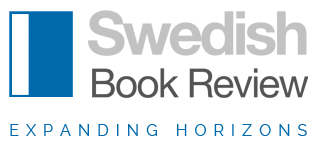Please login to view this page
or Join here
SBR is committed to bringing Swedish-language literature to the English-speaking world, and to promoting works in translation. Become a member to enjoy access to exclusive content and member benefits.
In addition to the all-new content that is free to browse on our website, SBR membership offers:
- Access to our ever-expanding online archive, including hundreds of translations, features and reviews
- Discounts on books from Norvik Press
- The chance to support our work
Membership costs £20 per year.
To join, please fill in the joining form below and we will contact you to create your account. We look forward to hearing from you.
If you would like to support us in other ways, you can make a one-off contribution in support of our work through the following link.
